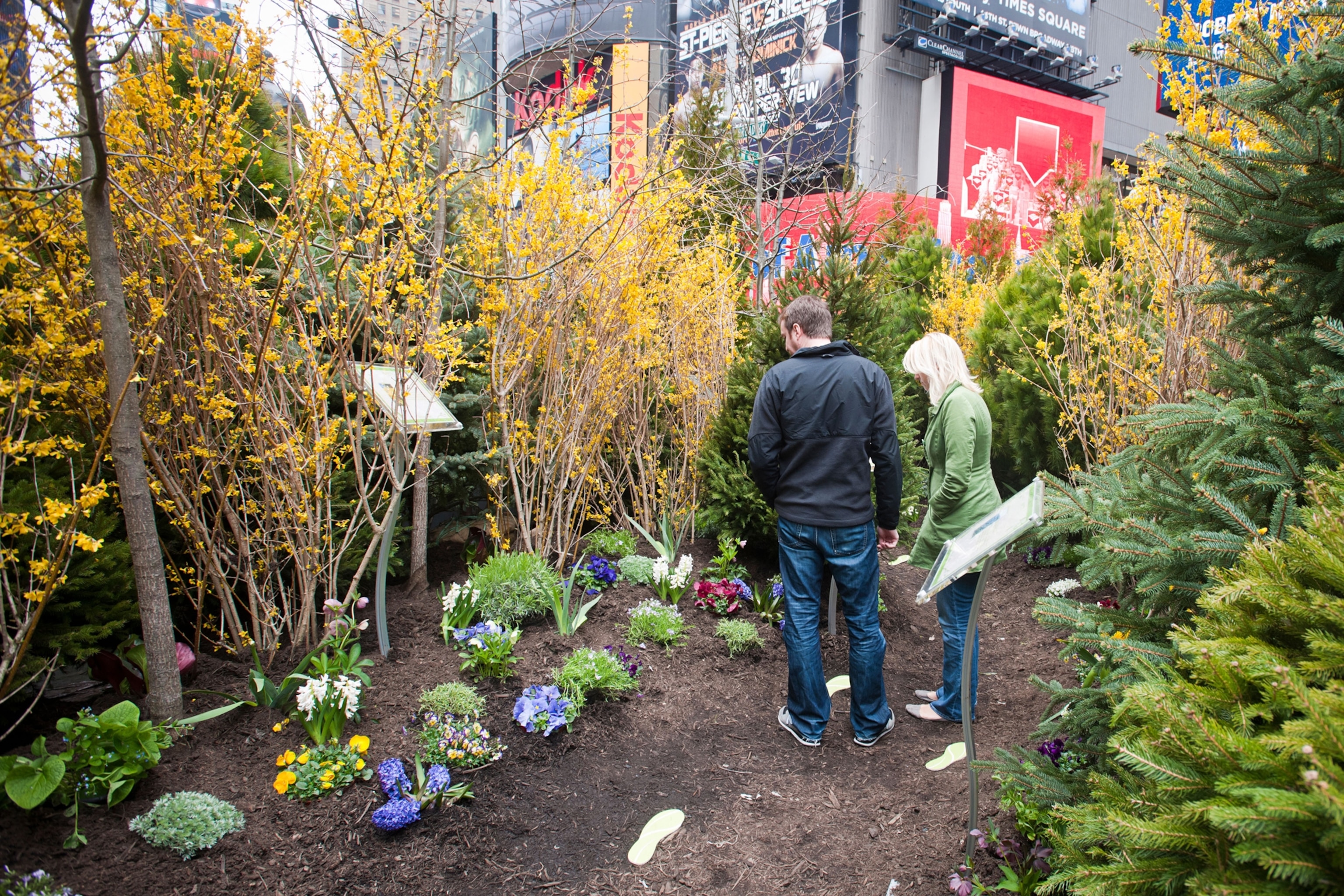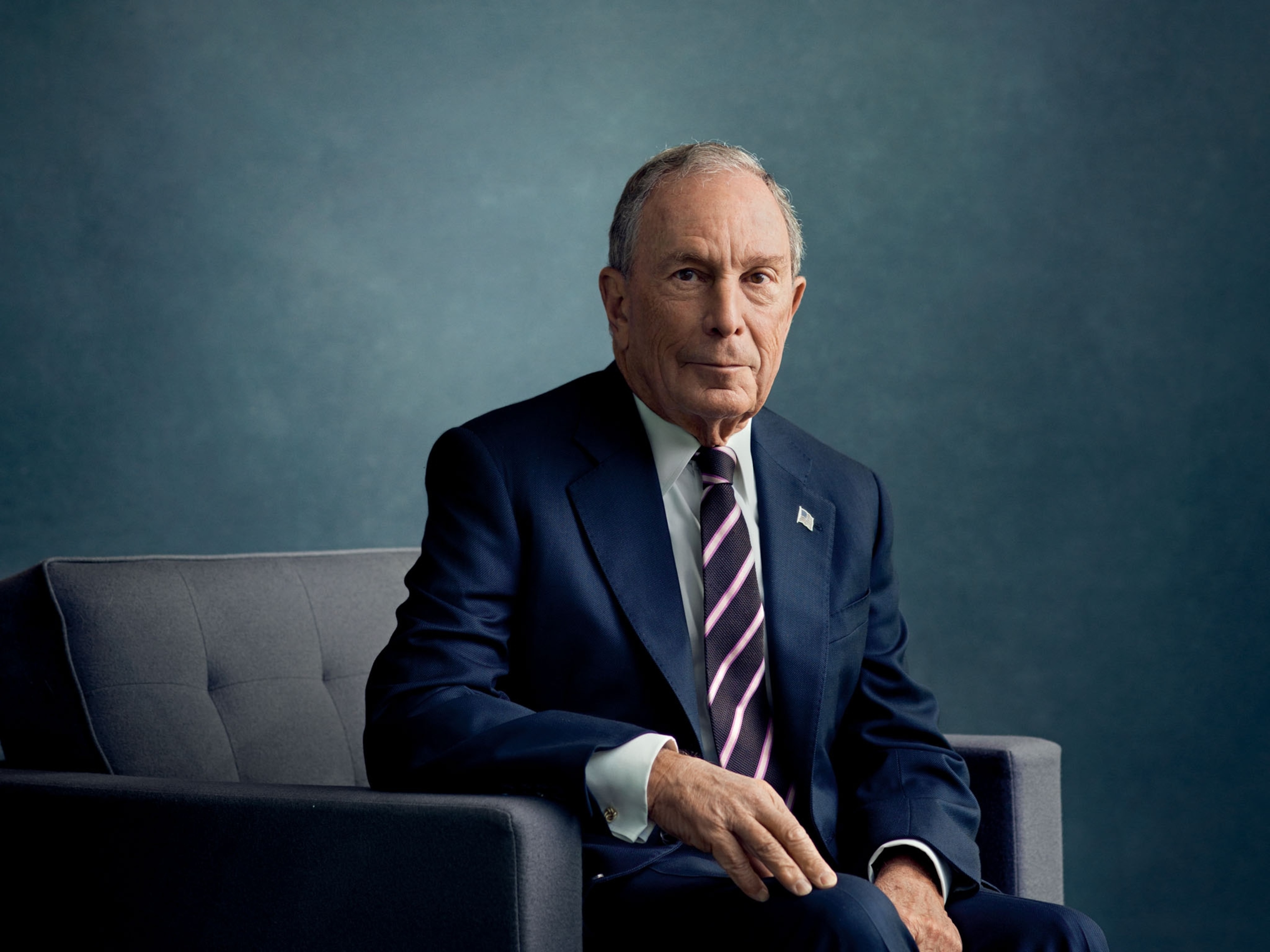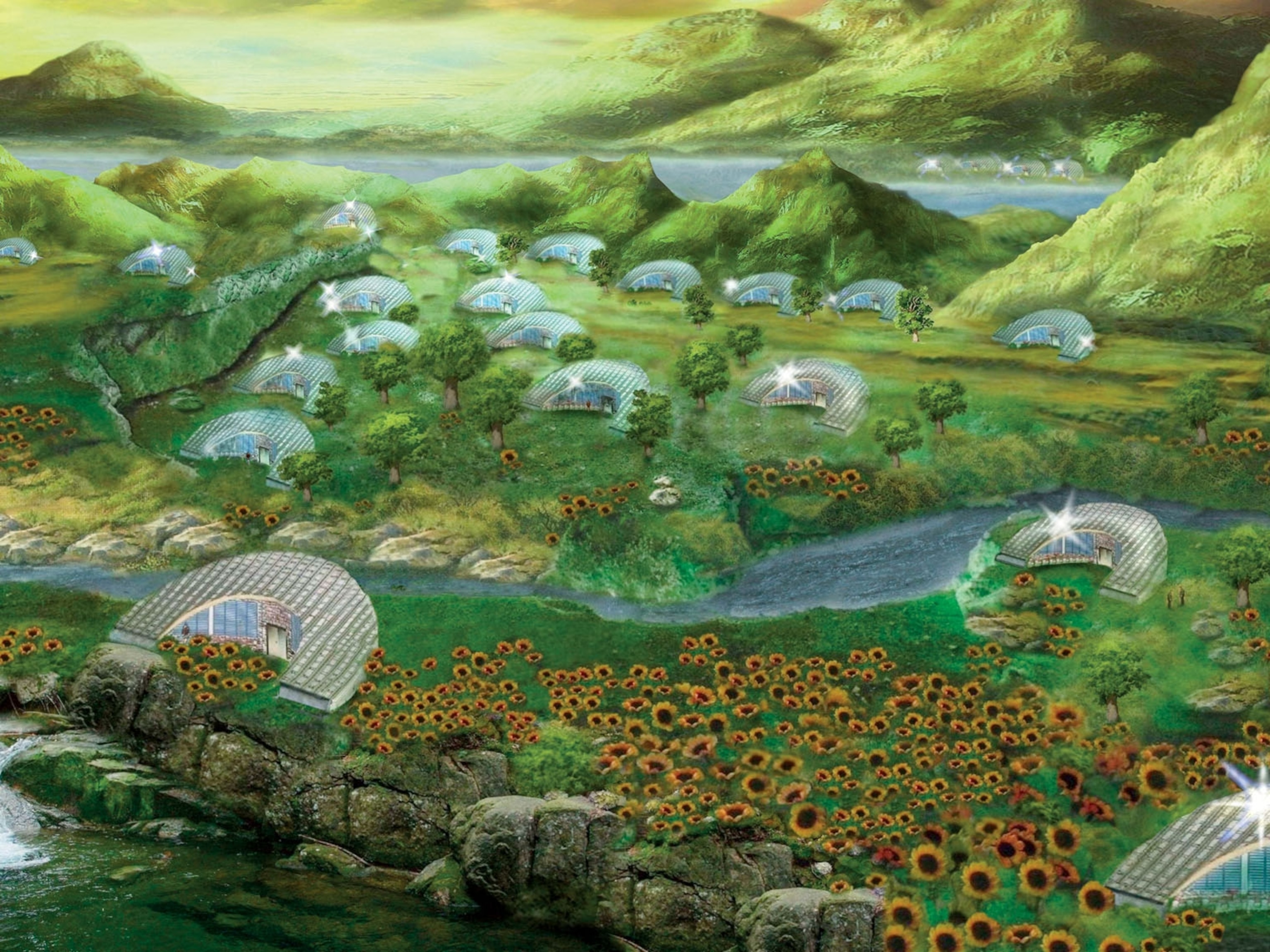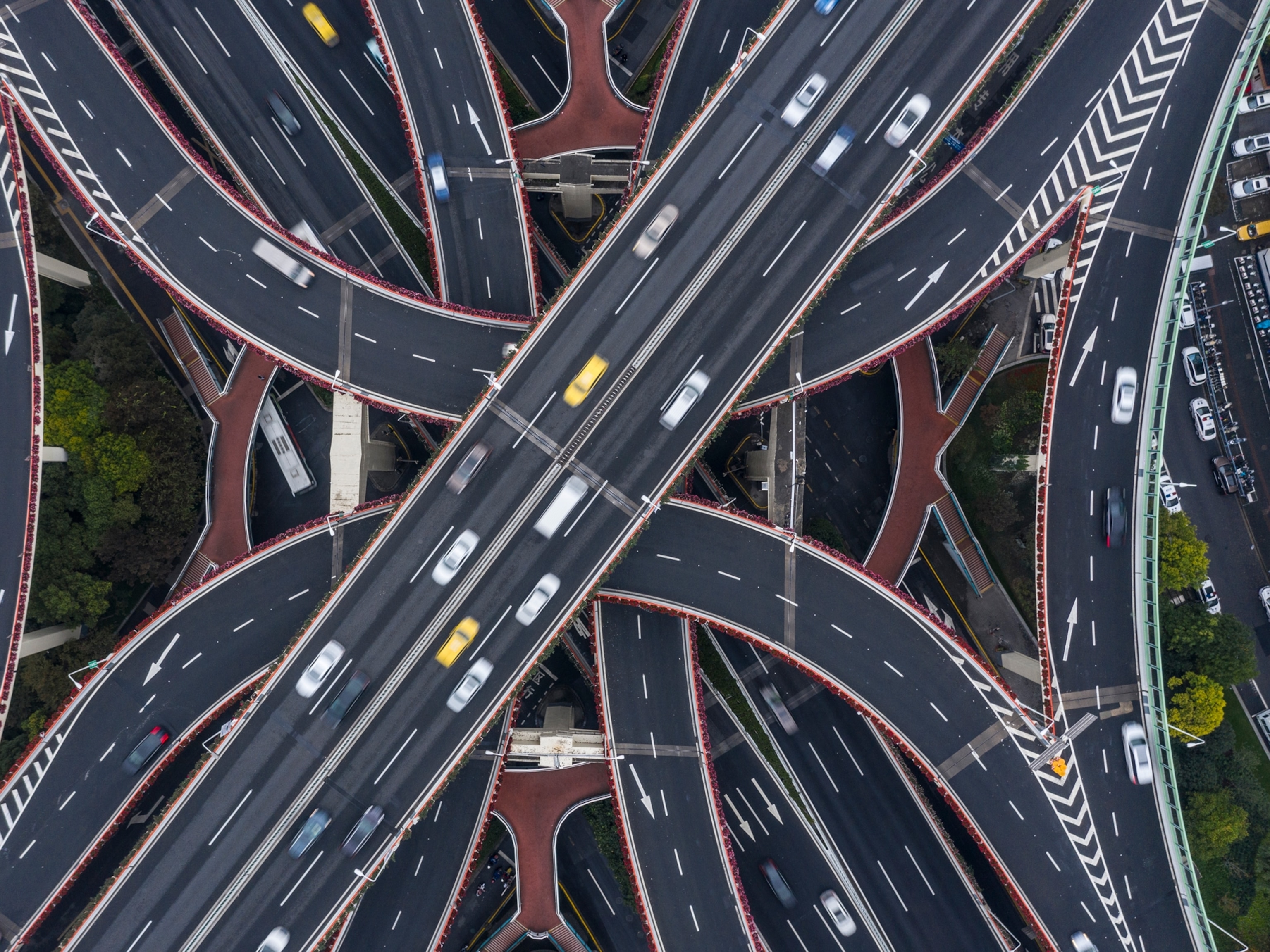
Five Trends Influencing the Future of Our Cities
Urban plans balance climate change solutions and the well-being of residents.
When the U.S. Environmental Protection Agency removed its climate change hub from public view earlier this year, 17 cities had a response: Each posted the information on city government sites.
The move was symbolic of a quiet revolution: Environmental, social, and economic change is increasingly centered at the city level.
Innovation in cities was on display at a recent Greenbuild, an event devoted to green building and sustainable development that draws a diverse roster of attendees, from architects and engineers to school and hospital administrators.
Some solutions were novel: A unit in the Boston mayor’s office called New Urban Mechanics that specializes in using low-cost hacks and technology to improve urban living highlighted city hall’s Stairs of Fabulousness. Created with simple rainbow-hued tape, the design—purported by its author to make the Brutalist building 400 percent more fabulous—was the result of a public space invitational to temporarily transform spots around the city. Other projects go deeper, but the stairs exemplify the group’s mission to delight and engage citizens—and a larger effort to refocus urban design around people. Here's how that trend and four others are defining the cities of the future.
Building for People
Cars no longer drive urban planning—today it’s “people-oriented design,” says Neil Angus, a Boston environmental planner who specializes in implementing the LEED neighborhood-focused sustainability standard. “That still accommodates cars, but people come first.”
“It’s design on a pedestrian scale, with narrower streets, and pushing buildings closer to the street and to each other,” says Angus. “That in turn brings people closer together—the front porch concept.” Other aspects include a grocery store within walking distance, proximity to transit, high-performing green buildings, green space and trees along streets, and space for cyclists.
In Boston’s diverse Dorchester neighborhood, the 13-block Talbot-Norfolk Triangle (TNT) is piloting that model of transformation in a historically underserved area. “We flipped the script,” says David Queeley of the area’s redevelopment corporation. “Why can’t this happen in low-income neighborhoods?”
Spurred in part by the arrival of a commuter rail line along one of its borders, the community is converting vacant buildings and aging housing while building on economic opportunities that transit connectivity and revitalization bring—without displacing longtime residents. At least 100 affordable housing units have been built.
“Boston has the largest income disparity of any city and it’s the fastest gentrifying,” says Queeley. “If we don’t do something differently, it’s going to look homogenous.”
Inclusivity and innovation define renewal efforts. “We layer different sustainability strategies,” says Queeley. The Men of Color Initiative tackles TNT’s unemployment rate for men, which approaches 50 percent. Energy efficiency was improved by retrofitting more than 500 homes. For a safer pedestrian zone, TNT is part of Boston’s Slow Streets initiative, which enforces a neighborhood speed limit of 20 miles per hour. Residents and activists have helped create a sense of place with a park that’s become a hub for activity, mural projects, and an urban agriculture site. Bus shelters were outfitted with green roofs, a greenway trail system is under way, and a tree-planting program has also led to jobs through horticulture training.
Health and Wellness
With 90 percent of our time spent indoors, building design and its impact in the workplace, schools, and even hospital settings has been an emerging area of research.
Studies conducted by Harvard’s Healthy Buildings center found that in green buildings with enhanced ventilation and optimal thermal conditions, participants scored 26 percent higher on cognitive function tests and had fewer symptoms of sick building syndrome. Exposure to daylight and brighter, blue-enriched lighting, which best mimics natural light, was also associated with better sleep quality.
Chemicals used in building materials and furnishings that are known to accumulate in both humans and the environment are coming under closer scrutiny by researchers, and Harvard is practicing what it teaches: The university’s purchasing community is working to reduce “chemicals of concern” throughout the campus, starting with buying furniture that’s free of flame retardants.
Facebook and Kaiser Permanente have made similar pledges, and at Google—where cofounder Larry Page has been known to carry a particulate counter to monitor pollutants—a team is steering its global offices and vendors toward safer options, potentially extending the company’s influence with a database that scores products for health impacts and transparency. Perkins+Will architects urges designers to follow recommendations in a “precautionary list,” which includes substances such as antimicrobial agents.
Test your knowledge of how buildings impact health.
Going Green
Urban planners continually find more creative ways to weave nature into the city, particularly with space at a premium. It doesn’t necessarily have to take the form of sprawling parks. Jonce Walker, who works in sustainable design in New York City, sees pockets of nature functioning like “acupuncture” for residents. “Small, strategic interventions offer relief to people who live in cities,” says Walker. “We must be careful not to erase nature out of cities, and work on putting nature back in.”
The best of these spots, he says, have the element of surprise—encountering nature where one might least expect it—and offer “dwell time,” a way to linger and admire it.
Walker points to projects such as Paley Park and PARK(ing) Day, a movement to convert metered parking spots into temporary public spaces that began in San Francisco and spread to other cities. In New York, it’s similarly represented by Street Seats, a seasonal program allowing benches and chairs, surrounded by landscaping, to be installed on streets. “It’s taking back part of the street for cars and giving it to people,” says Walker. In Brooklyn, the 2,000 Gallon Project uses dumpsters planted with trees and vegetation to divert stormwater that might ordinarily overflow with sewage into Gowanus Canal. The display “integrates nature into a very industrial place—and it’s moveable,” he says.
Planting trees is a more permanent solution. Washington, D.C., and a dozen other cities have committed to a 40 percent canopy cover goal. D.C. is already close—about 38.7 percent—and it’s moved to protect “heritage trees” whose trunks are 100 inches or more in circumference, says Luke Cole of the city’s environment and energy department. About 12,000 trees were planted over the last year as part of the effort. Citizens are in on it too: A program offers a consult for residential property owners and subsidies for incorporating shade trees, rain gardens, and native plants, which help reduce storm runoff. The program contributes up to 8 percent of the city’s new trees.
(See innovative green space in Singapore, the leading biophilic city.)
Planning for Climate Change
Superstorm Sandy’s crippling effect on Manhattan in 2012 propelled cities to launch resilience plans that anticipate rising seas, more frequent storms, and flooding. In 2014 San Francisco became the first to designate a climate resilience officer, and at least 84 other global cities have followed. In the wake of recent hurricanes impacting Houston, Miami, and Puerto Rico—the most expensive hurricane season in U.S. history—efforts have accelerated.
At the confluence of two rivers, Washington, D.C., is battling both sinking and sea-level rise—levels have risen 11 inches over the past century, with 40 inches projected by 2080.
Climate Ready DC outlines measures for coping with those, along with more intense rainfall and storm surge, and highlights neighborhoods at risk. The plan’s 77 actions range from increasing the number of green roofs (already incentivized), collecting stormwater, creating micro-grids for energy and water, incorporating resilience in building and zoning codes, and identifying “cooling centers” where those who may not have access to air conditioning could retreat during scorching summer heat—the city projects two to three times as many dangerously hot days.
The plan also calls for “a communications exercise,” a strategy for reaching different segments of the city, says Perkins+Will architect Jon Penndorf, who was part of a team that developed the plan. That includes outreach to lower income and less mobile populations, who are often in the most vulnerable parts of the city, by enlisting existing channels, such as churches and other community groups, and messaging for tourists too, he says.
The Net-Zero Standard
Net-zero waste, water, and energy have been called the sustainable trifecta, creating “living buildings.” Seattle’s Bullitt Center, for example, has a rooftop rainwater harvesting system and composting toilets and taps solar energy for its needs.
As of 2016, about 200 commercial buildings in the U.S. claimed the net-zero energy standard, which means the building generates all its own power through on-site renewable sources. Schools and campuses are increasingly incorporating net-zero energy systems—and using them as a teaching tool. (See a gallery of innovative educational facilities.)
In Oregon, where buildings consume 30 percent of the state’s energy use, it may soon be the norm. By October 2023, all new homes must be “zero-energy ready”—equipped for solar panel installation. Residents of the 50 U.S. states and Germany can now see the solar potential of their own homes by street address in Google’s Project Sunroof.
Zero waste is somewhat of a misnomer: It means that 90 percent has been diverted from landfills, by prevention, reduction, reuse, recycling, and composting. Facilities, universities, and dozens of cities are getting in on the effort too, committing to reaching zero waste within the next two decades. Ljubljana, Slovenia, is leading the way in Europe while in the U.S. San Francisco may be the first to reach the target, aiming for 2020, through its “fantastic three”—separate composting, recycling, and trash bins for residents. (Read about cyclists helping Austin to reach zero waste.)
This article is part of our Urban Expeditions series, an initiative made possible by a grant from United Technologies to the National Geographic Society.








